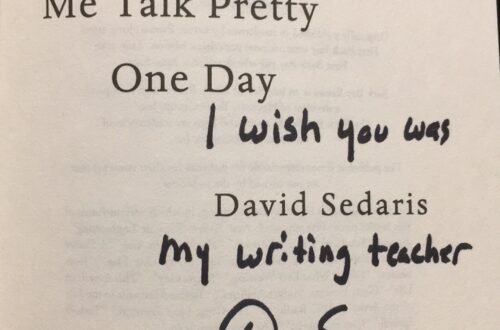Earlier today, I decided to sit down and dig back into a cool science fiction book I’ve been trying to finish. Then I remembered I hadn’t written anything in a couple of days. A few minutes later, I realized I could stand to spend some time going through emails that had come in over the holiday break. A snack would be nice, too, I thought, seeing as breakfast was by then only a distant memory.
Which of those things did I end up doing? Not even one of them.
Instead of devoting some of my free time to recreation, I spent it deliberating which activities I didn’t want to do, or—if you flip it around a bit—which ones I’d least regret not having done. In the end, I decided they were all important enough that they needed doing, so I tried to figure out how to make them happen. Unfortunately, I spend so much time deliberating that I ran out of afternoon.
It didn’t have to be that way. I could have picked one of those things and run with it. Reading, writing, responding to emails, and snacking are all noble pursuits, any one of them worthy of using the better part of an afternoon to accomplish. In a classic blunder, I tried so hard to multi-task that I ended up doing nothing, but not in a good way.
It’s easy to fall into the trap of multi-tasking ourselves into apoplexy. Now that everyone has a side hustle—a term I detest with every shred of my person but have agreed to accept as an unfortunate part of our lexicon—there’s no valid excuse for doing nothing. If you aren’t working your day job, you’d best get busy on that other project, lest someone think you aren’t sufficiently committed to changing the world, selling a widget, or lighting up Instagram with photos of your daring deeds. In fact, limiting yourself to only two activities could get you labeled a slacker.
We’ve all felt the fear of doing nothing. Well, folks, welcome to the fear of doing only one thing. It may seem friendly, but take my advice: If you let it move in, it’ll never leave.





